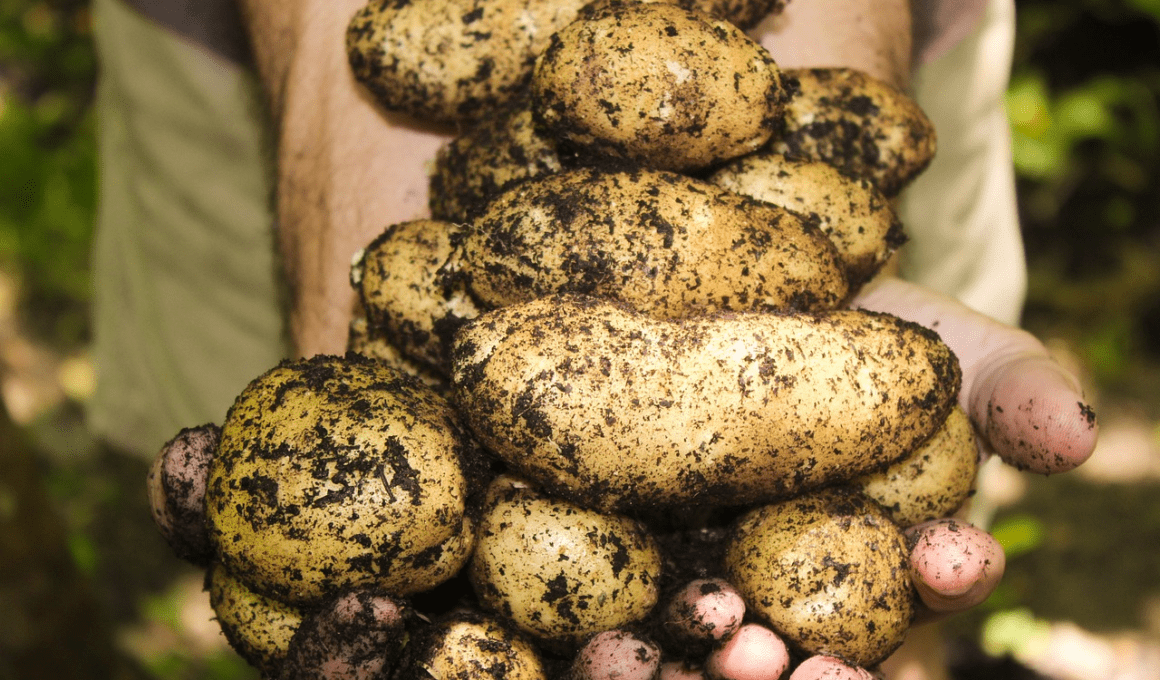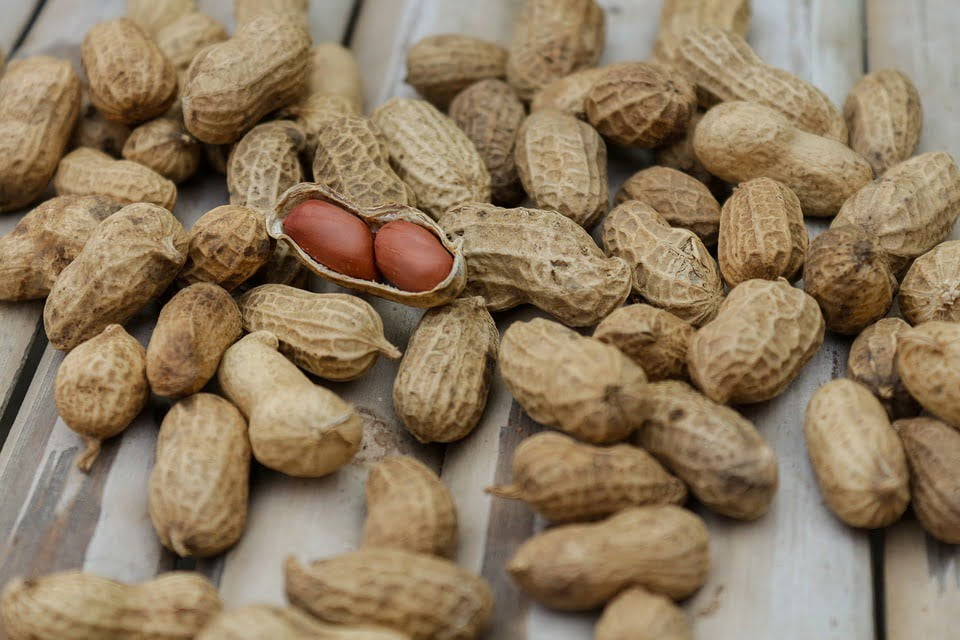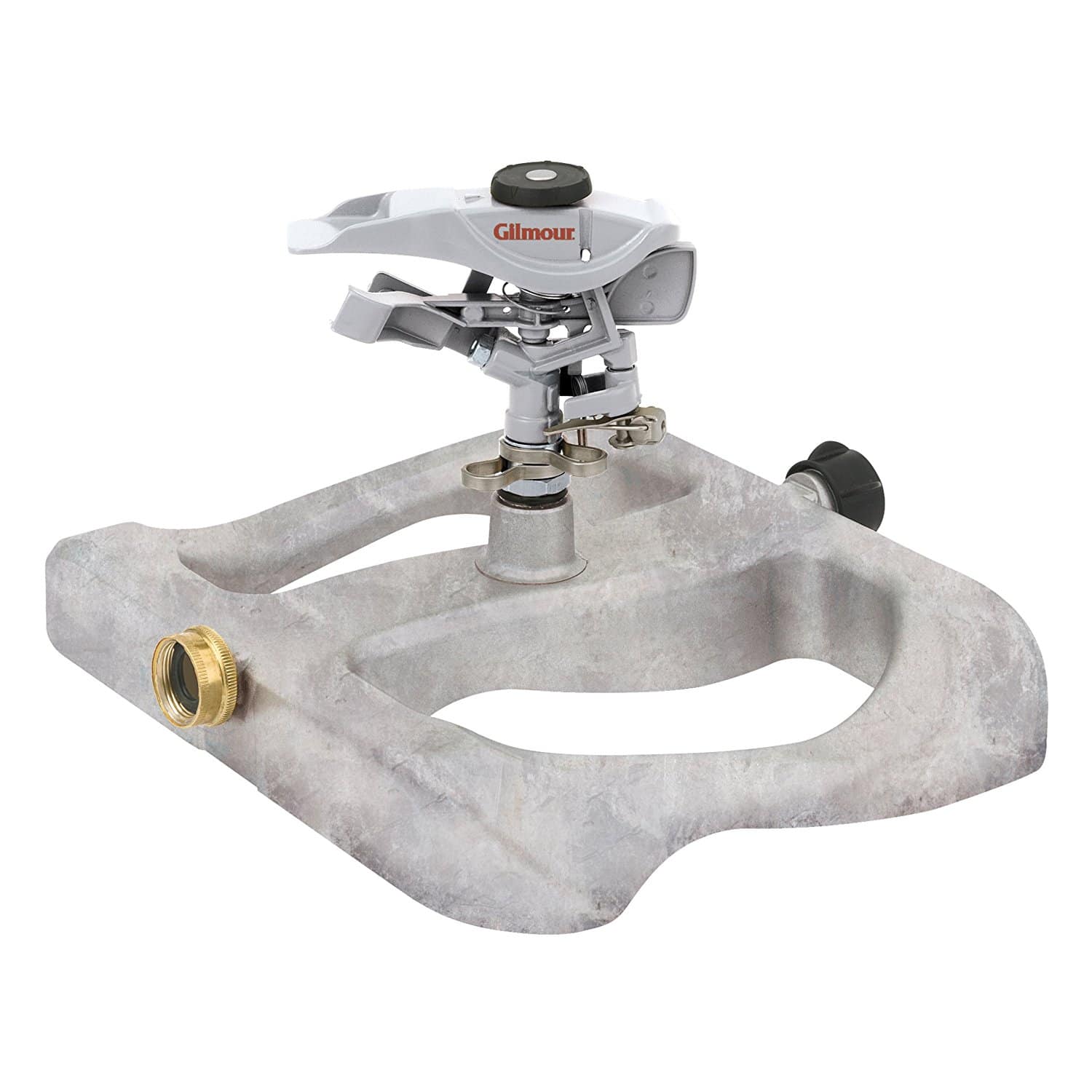Are you looking for ways to produce your own food and become more self-sufficient? Growing potatoes is a great place to start! However, if you want to ensure a bountiful harvest, it’s important to learn the technique of hilling.
This simple yet essential method can help protect your potatoes from extreme weather, promote healthy growth, and ultimately lead to a more abundant harvest.
In this article, we’ll dive into the details of hilling for a bountiful potato harvest. We’ll start by exploring the growth and needs of potatoes, so you can understand why hilling is so important. Then, we’ll discuss the benefits of hilling and different methods you can use to mound your potatoes.
By the end of this article, you’ll have all the knowledge you need to grow healthy, flourishing potatoes and enjoy the satisfaction of producing your own food. So, let’s get started!
Quick Takeaways
- Hilling is important for growing potatoes and can result in a more abundant harvest.
- Whether or not to hill depends on the type of potato being grown and personal preference.
- Hilling should be done at least once a season, but two or three times can result in a larger harvest for indeterminate potato varieties.
- Using straw for end-stage hilling is popular because it allows tubers to grow unobstructed by the pressure of heavy soil.
Potato Growth and Needs
You need to make sure your potatoes are well-cared for to ensure a bountiful harvest. One of the most important things you can do is to provide your potatoes with adequate soil coverage. This helps protect the tubers from sunlight exposure and extreme weather conditions, as well as promote new tuber development and prevent weed growth.
Potato nutrition is also a key factor in growing a healthy crop. Adequate soil requirements, such as proper pH levels and nutrient-rich soil, are essential for optimal growth. Make sure to regularly check the soil coverage conditions of your vegetables to spot any issues before they ruin your entire harvest.
With proper care and attention, you can enjoy a plentiful potato harvest with large, healthy tubers.
Benefits of Hilling
Maximizing your crop’s potential can be achieved by providing insulation from extreme weather conditions through adding soil layers. Hilling is a simple and effective method to achieve this. By adding soil layers to the potato plant, you can keep the initial stem under the ground longer resulting in larger potato size at harvest.
Moreover, hilling can help prevent crop damage as it provides good drainage, so potatoes won’t rot out or develop blight and go to waste. It can also help protect the growing potatoes from sunlight, which can make the vegetable unedible from toxins that cause greening. To help you better understand the benefits of hilling, here is a 3-column and 4-row table that highlights the advantages of hilling potatoes.
| Benefits of Hilling | Description |
|---|---|
| Insulation | Adding soil layers to the potato plant can help protect it from extreme weather conditions. |
| Prevents Crop Damage | Hilling provides good drainage, preventing rotting and blight. |
| Controls Weed Growth | Hilling can help control weed growth around the plants, so the potatoes can grow healthier. |
| Forces New Tuber Development | Hilling can help force new tuber development on the underground stem as the plant tries to reach the soil surface. |
By hilling your potatoes, you can provide them with the best chance to grow and thrive. It not only protects them from potential damage but also helps to ensure a more substantial harvest. So, make sure to check your potato plants regularly and add soil layers as needed to keep them healthy and growing strong.
Methods of Hilling
To effectively mound your potato plants, start by pulling soil from between rows and pushing it up over the potato plant vines. This should be done once the plants reach about six inches in height, and should be repeated every two to three weeks until the plants reach maturity.
Another method of hilling is straw hilling, which involves placing a layer of straw over the plants instead of soil. This is a popular method because it allows the tubers to grow unobstructed by the pressure of heavy soil, and makes the final harvest faster and less of a strain.
Vertical growing systems can also be used as an alternative to traditional hilling methods. Grow bags or a stackable potato growing planter can be used to grow potatoes vertically, which saves space and can be more convenient for some growers.
Whichever method you choose, be sure to check the soil coverage regularly and perform hilling as needed to prevent damage to the crop and ensure a bountiful harvest.
Frequently Asked Questions
How deep should the soil be over the potato tubers?
For optimal depth, make sure the soil covers the potato tubers by at least 4 inches. Plant spacing should also be considered to make hilling easier and prevent damage to the crop. Ensure regular soil coverage checks to prevent issues.
Can hilling be done with materials other than soil or straw?
You can use alternative materials like compost, leaves, or grass clippings for hilling potatoes instead of soil or straw. However, their effectiveness compared to traditional materials is unclear, so experimentation may be necessary.
What is the best way to prevent sunlight exposure on growing potatoes?
To prevent sunlight exposure on growing potatoes, use mulching techniques like covering the soil with straw or leaves. Another option is to use shade cloth over the plants. This prevents toxins that cause greening, making your potatoes safe to eat.
How often should soil coverage be checked for potatoes?
To ensure a successful potato harvest, check soil coverage depth every couple of days. Determining optimal hilling frequency depends on the type of potato. Hilling can help protect against extreme weather, weeds, and sunlight exposure.
Can hilling help prevent weed growth around potato plants?
Yes, hilling benefits weed control around potato plants. By pulling soil from between rows and pushing it up over the plants, hilling can help control weed growth and promote healthier potato growth.









